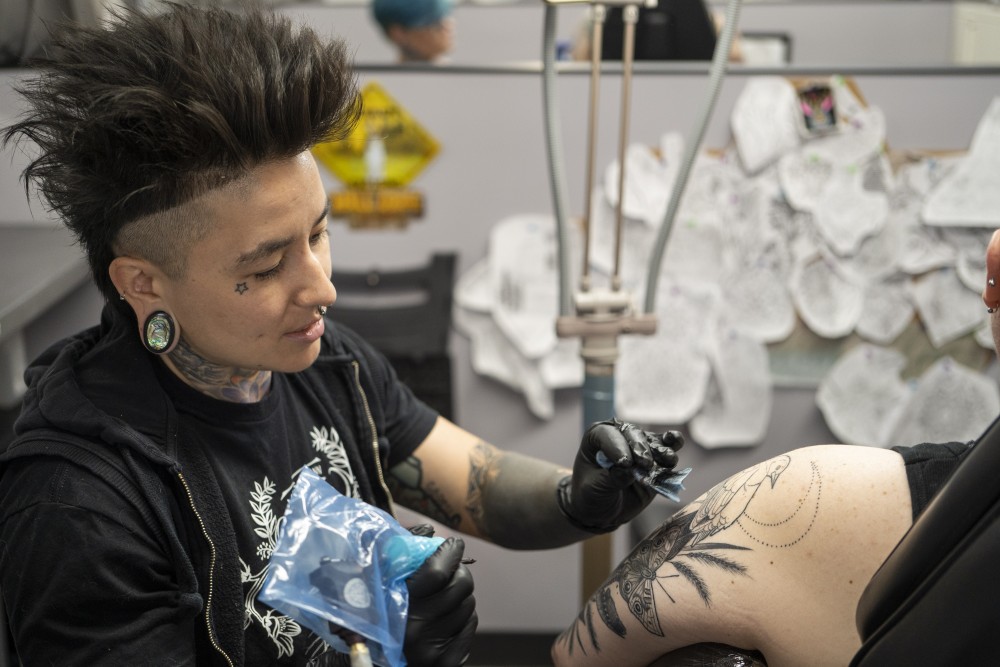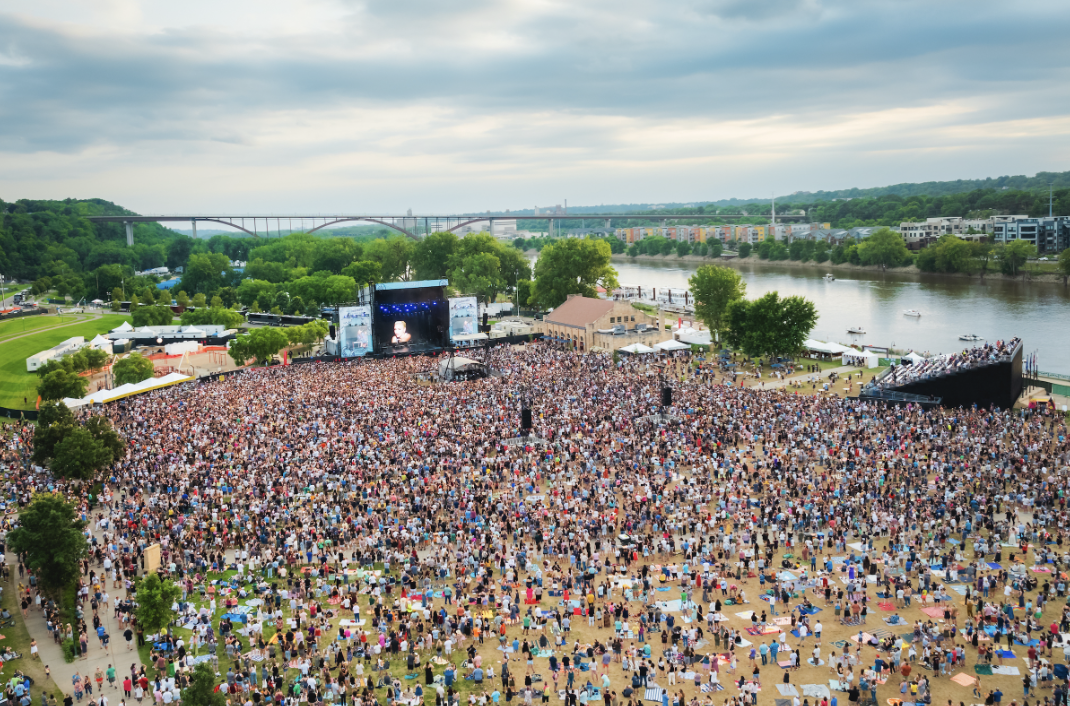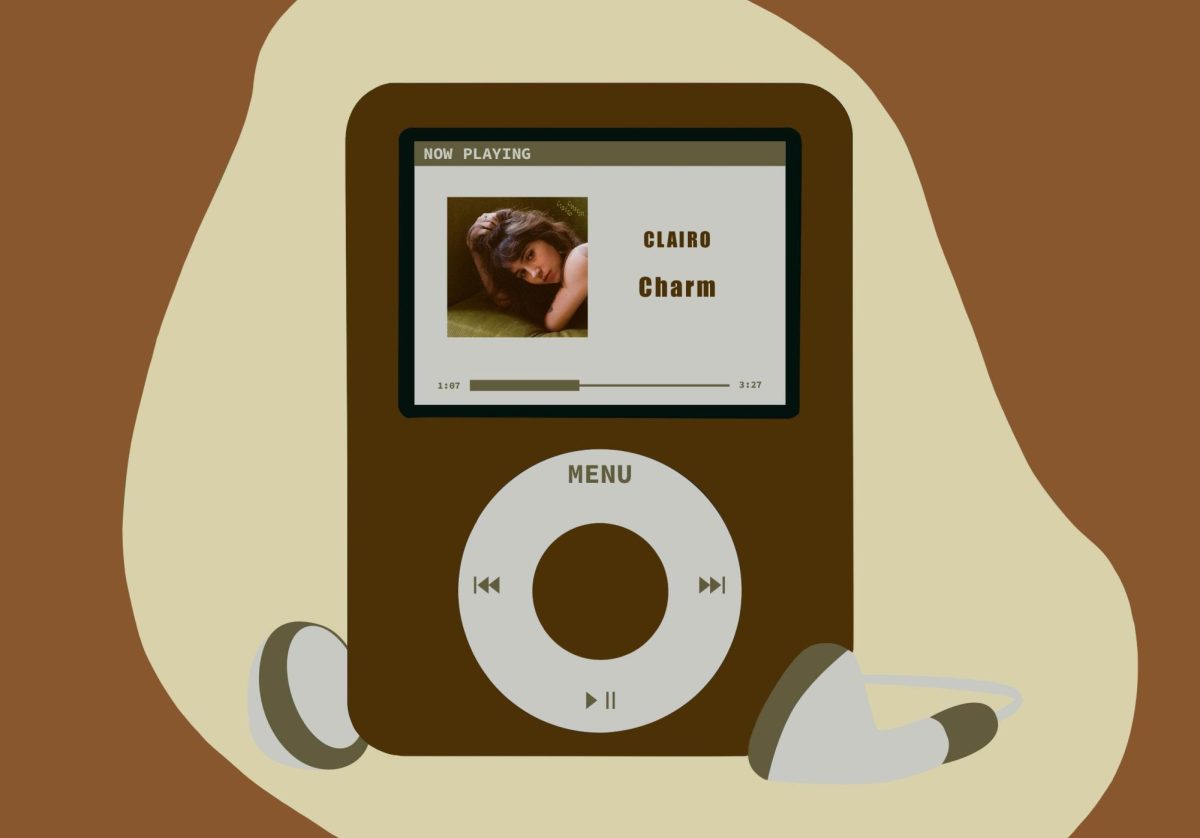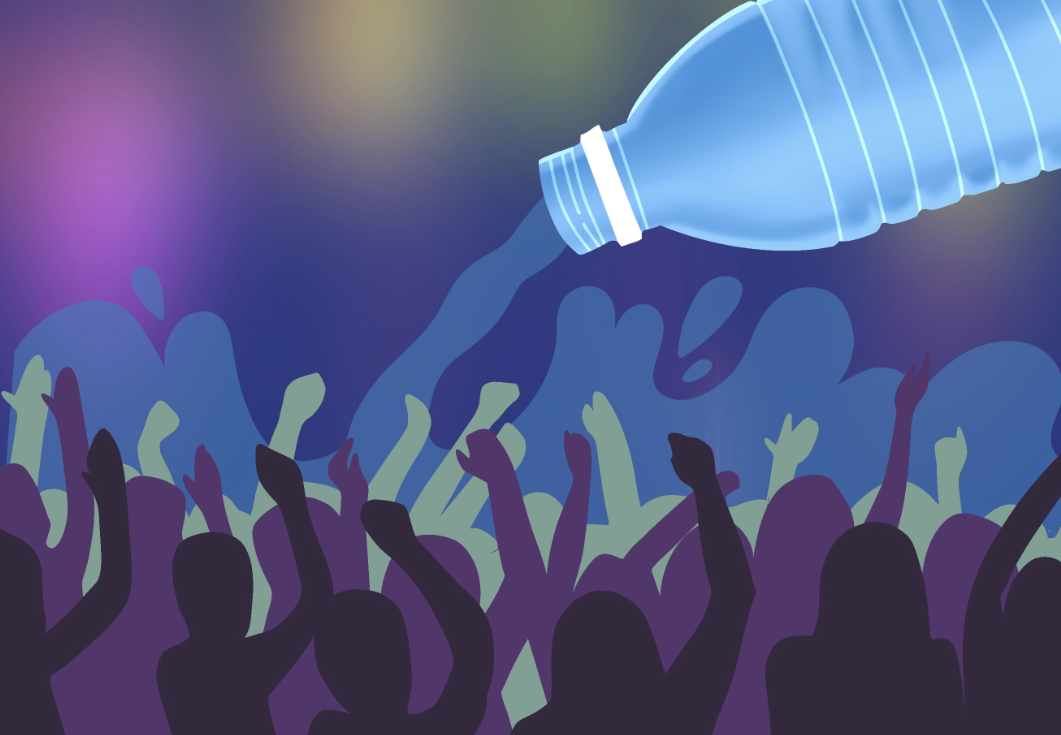Needles are no longer buzzing in Twin Cities tattoo shops. Like many businesses deemed “nonessential” in Governor Tim Walz’s stay-at-home order, tattoo shops have closed their doors to clients, hoping to reschedule long-awaited appointments as soon as the order is lifted.
While tattoo shops are providing what can be considered as luxury service, the industry relies on in-person contact and a steady stream of clients, making business impossible during COVID-19. However, the mandatory shutdown has left tattoo shops and their artists struggling to plan for a return to normal, especially as finances get tighter and the order keeps extending.
Shops like Jackalope Tattoo, which closed before the stay-at-home order was announced, have been trying their best to stay accommodating to their artists while figuring out how to keep their shop space.
“It was a hard thing to navigate because I was trying to tell my artists that they can’t work when nothing had actually been ordered that way,” said Emi Nijiya, owner of Jackalope Tattoo. “Then I had to go through and figure out the bare bones of what expenses I can cut to cut [my artists’] rent down.”
Each artist at Jackalope Tattoo pays to rent the space like a collective, rather than paying a percentage of their total income to Nijiya. In cutting costs, Nijiya was able to cut rent for their artists from about $1,400 to $650 a month. Like everyone else, though, each artist has more to budget for.
“I’ve applied for every loan I possibly could, but I haven’t heard anything back, and I’ve been trying this since the second week of March,” Nijiya said. “It’s just been radio silence.”
As the unemployment rate in the U.S. continues to skyrocket, tattoo artists are finding out that they don’t always qualify for the same government aid as most others. As independent contractors, tattoo artists couldn’t file for unemployment until recently. But even after the change, artists are hitting a wall trying to get the system to work.
“The [government unemployment] website isn’t caught up to the changes yet, so it’s saying that your employer is wrong and you’re like, ‘Wait,’” said Katie Kroeck, an artist at Jackalope Tattoo. “Then you leave it blank, and it says you get zero dollars.”
With no clear answer to when and how they’ll be receiving any income, some tattoo artists have begun to consider finding employment elsewhere. However, beginning a career in tattooing is time-intensive and requires years of practice, so artists don’t typically have experience in other career fields.
“A lot of tattoo artists have degrees, but it’s mainly in some type of art,” said Mike Bean, an artist at Dinkytown Tattoo. “On the other hand, a lot of us can’t really go to restaurants or fast food to get a job because some people have tattoos on their faces or big holes in their ears.”
Bean has been selling paintings and tattoo sketches on his Instagram, @mikebean_tattoo, to save up some extra cash in the meantime, but it doesn’t compare to what he could make in a month from tattooing.
“Tattoo artists get accustomed to a certain standard of living and how much they make,” Bean said. “So, trying to sit there and just make $15 an hour doesn’t really work, and it doesn’t make sense.”
While they wait for their stimulus checks, they have more to consider: What will they do when they reopen and will they have the funds to ride this out until the end?
“It’s not going to be like going back to normal when we reopen,” Kroeck said. “We might have to schedule every other station or talk to clients about how they can’t bring friends anymore. I don’t think we should go back to tattooing exactly the same. Like, is it safe to go back to that?”
Some shops have slowly begun ordering small boxes of masks to provide their artists and clients with an extra layer of protection during the tattooing process, but with so much uncertainty, they’re all trying to take it day by day.
“We have always been an industry that’s been run a bit differently,” Nijiya said. “That’s really showing how much harm it does if you’re not doing things in the exact way some big corporation is doing it. I’m watching my friends suffer, and I just don’t know what to do.”

















